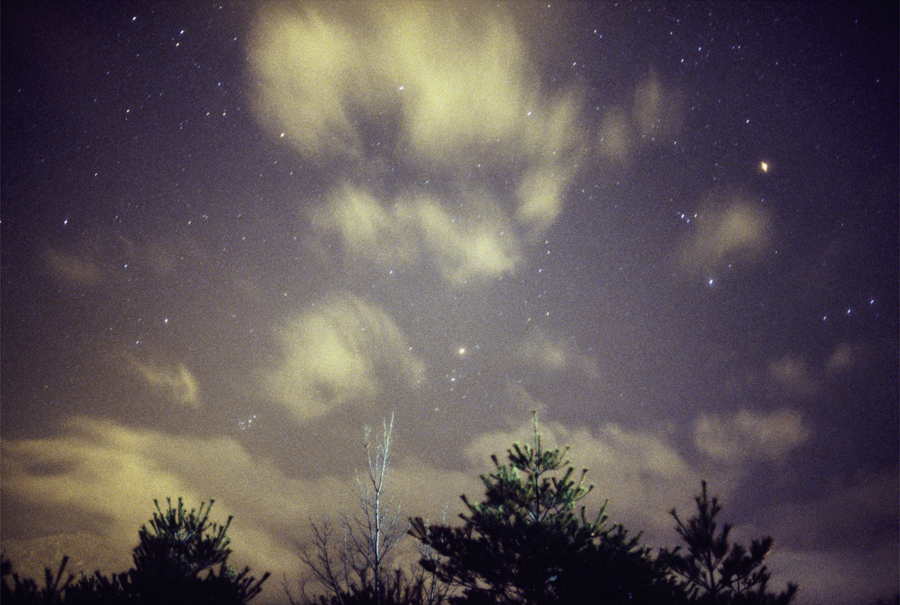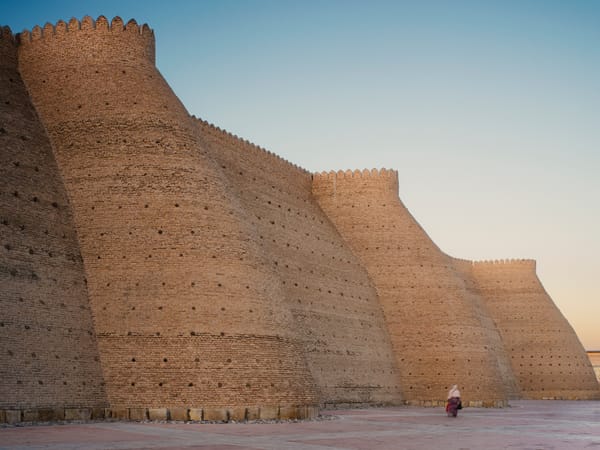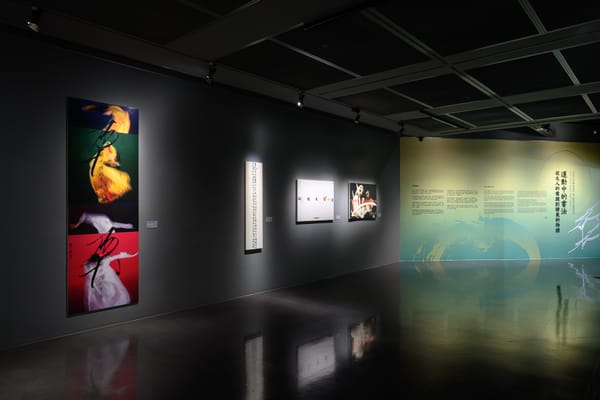Shows
Boomoon’s “In the Woods”


The focus of Boomoon’s works at Leeahn Gallery are landscapes, void of human presence. He has taken hundreds of thousands of such images, though he chose very few to exhibit. “Boomoon in the Woods” at Leeahn Gallery in Daegu comprised 13 works, including one video. The video and six photographs from the series “Stargazing at Sokcho” (1998–2001) were shown on the top floor of the gallery; the remaining six images from the more recent “Odaesan” series (2009–2010) were shown on the lower level. Presenting visitors with two series of works spanning over a decade, the exhibition captured the artist’s steadfast methodology of investigating nature as a means of self-reflection.
Boomoon started taking photographs as a high school student in Daegu, and immediately decided to become a photographer. He enrolled at Chung Ang University, the only university at the time with a dedicated photography department. Influenced by the memoir of anthropologist Claude Lévi-Strauss, Tristes Tropiques (1955), his early works documented Korea’s rapid industrialization and its impact on the traditional way of life. During the 1980s, as he began concentrating on landscapes, he realized that the medium of photography was a mirror to his conscience. Since then, his pursuit of landscape photograpy has been akin to a monk seeking enlightenment.
“Stargazing” is a series of photographs of the night sky from Sokcho, on the country's northwest coast, where the artist now spends most of his time. Taken with a handheld 35mm camera, the permutations of light and movements of the trees and clouds act as brushes that "paint" these slightly blurry images. The effect is an enchanting and mysterious record of hours spent. What could be passed off as a pretty picture of the stars is in fact an articulation that neither nature nor the passage of time can be governed by any one person.


Boomoon's reverence for the forces of nature remain in his “Odaesan” series, which was taken about a decade after "Stargazing." Yet in this case the exchange between the artist and the visible world has evolved. The lush vegetation of the “Odaesan” series dominates large, wall-spanning C-prints. Taken during a light rain in late spring, deep thickets and large trees, dressed in hues of intense greens, take over the photographic frame.
Featured prominently in Odaesan #2645, #2719 and #3122 are branches and vines intertwined around tree trunks, appearing to dance. Animistic qualities surface before the artist’s lens. If the sole aim of this series is to express nature’s vitality, incapable of domestication, it is confusing then to see the remaining three works. Odaesan #4072, #3745 and #3821 seem to focus on not one thing in particular. Instead, Boomoon makes the most of digital photography, revealing in precise, layered details, elements of the woods that would be impossible to see in real life. As the sunlight shifts, precipitation forms, winds blow, and plants move; the artist captures one moment in the woods, coercing order—in the form of a photographic image—out of chaos, without touching chaos itself. This hyperreal image offers the viewer the infinite experience of really seeing, giving full force to the power with which nature confronts them.
According to Boomoon, “the image itself decides what moment I am waiting for. Waiting is part of the encounter . . . The image is the culminating point in my complex experience of relationships with the world before me.” By seeking out these precise moments of, what he calls, “unconscious places,” Boomoon’s works reconfigure time and space. Looking at the work, viewers are transported to a place beside the artist at the moment his camera shutter is released. More than a detailed rediscovery of a certain location, his photographs form permeable membranes into a highly personal, subjective realm. Over the three decades in which he has been photographing landscapes, it is this convergence and its resulting tension—between the unconscious and the hyperreal, order and chaos, and artistic sensibility and digital technology—that makes Boomoon’s oeuvre so ceaselessly fascinating.







